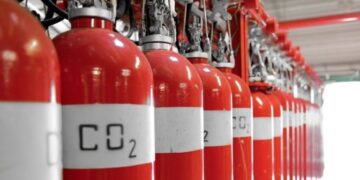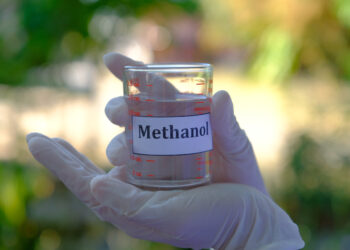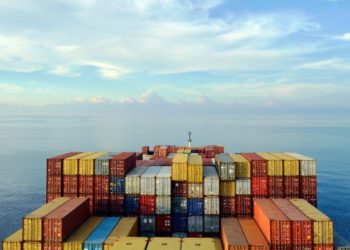DNV GL today published its latest Energy Transition Outlook. According to the new Outlook, natural gas projects will receive a significant investment over the coming years, while the global energy demand will peak in 2035. What is more, the increased electrification of energy demand, along with the rise of wind and solar energy, will grow the world’s electricity transmission and distribution systems. In addition, DNV GL also published the Maritime Forecast to 2050, which examines the challenges of decarbonizing the shipping industry.
Specifically, according to the Maritime Forecast, a rise of 32% is expected in seaborne trade, however with a growth of only 5% over the period 2030–2050.
[smlsubform prepend=”GET THE SAFETY4SEA IN YOUR INBOX!” showname=false emailtxt=”” emailholder=”Enter your email address” showsubmit=true submittxt=”Submit” jsthanks=false thankyou=”Thank you for subscribing to our mailing list”]
Furthermore, the Energy Transition Outlook predicts that upstream gas capital expenditure will increase to USD1.13 trillion in 2025. This will make it easier for gas to surpass oil as the world’s primary energy source in 2026.
Additionally, LNG capacity will double by the late 2040s, while the focus on decarbonization will get much more intense as greener gases will enter transmission and distribution systems until 2050.
Liv A. Hovem, CEO, DNV GL – Oil & Gas, mentioned:
The energy transition will be made up of many sub-transitions. Our Outlook affirms that the switch in demand from oil to gas has already begun. Significant levels of investment will be needed in the coming decades to support the transition to the least carbon-intensive of the fossil fuels.
Moreover, electricity will contribute even more to the global energy demand reduce from the mid-2030s onwards. Namely, global energy expenditure on energy, as a percentage of GDP, will decrease by 44% by 2050.
In the meantime, decarbonisation will be a key sector to focus to. With energy mix rapidly decarbonizing, coal has peaked, while oil is expected to peak in 2023. These developments will make natural gas the largest single source from 2026.
In addition, renewables and fossil fuels will share supply by equal percentage by mid-century. In fact, as energy demand is getting more dependent on electrification and wind and solar energy is rising, the world’s electricity transmission and distribution systems will experience massive growth.
Nevertheless, despite the rapid transition and decarbonisation, DNV GL forecasts that these will not happen fast enough to meet the 2⁰C climate goal that the Paris Agreement has set.
Thus, a combination of a number measures will not only be vital, but the only way for the world to meet the ambitions of the Paris Agreement.
You may see more information on DNV GL’s Energy Transition Outlook.




























































